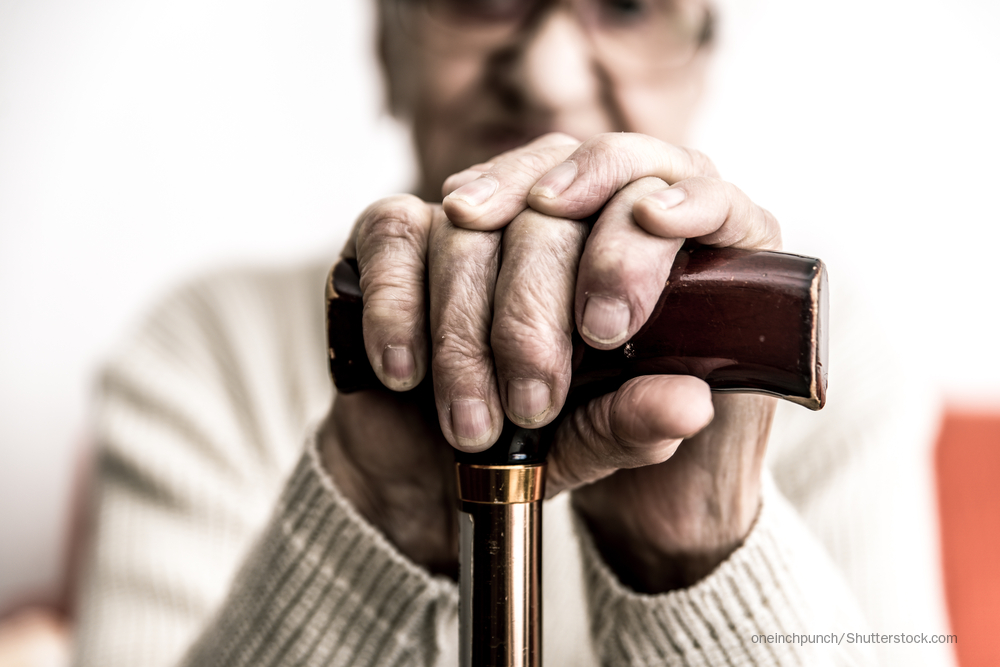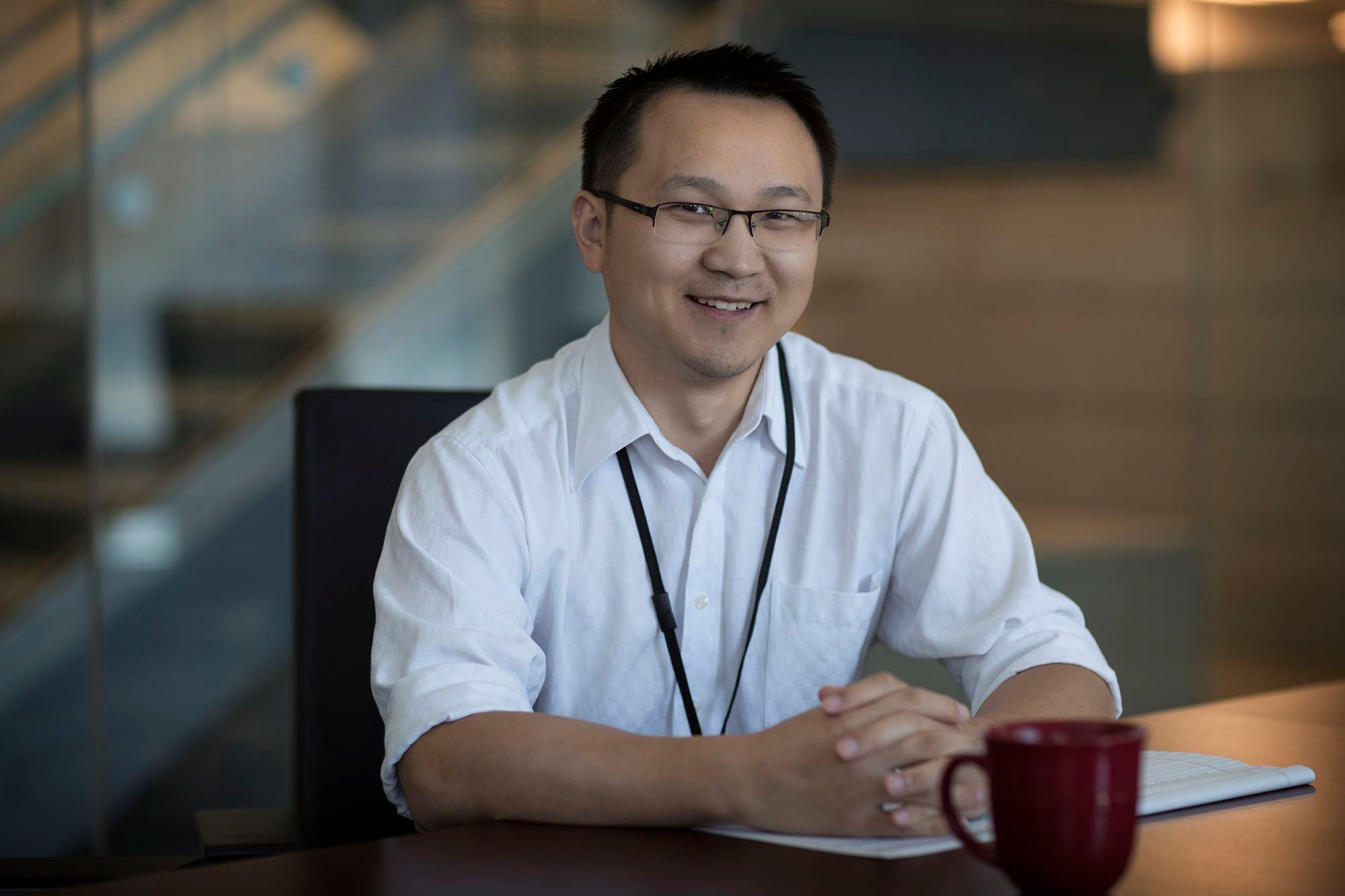The Invisible Healthcare Patients
Frail patients are a forgotten patient group-here’s how they were left behind and what can be done about it.

Yao

The majority of frail, elderly Medicare beneficiaries are not receiving the in-home medical care they need, according to a new study.
According to a study published in the Journal of the American Geriatrics Society (JAGS), the majority of eligible home-limited individuals have not received medical care at home, particularly rural residents and those living in underserved states.
Frail older adults are at risk for negative outcomes and are the most significant consumers of health resources across both acute and community settings.
“We are not taking care of the sickest patients in our community,” says the JAGS study author Nengliang “Aaron” Yao, assistant professor at the University of Virginia School of Medicine. “They are kind of invisible to the healthcare system. More medical house programs are needed, and I hope more physicians and nurse practitioners will start to make house calls to those invisible patients.”
Yao and researchers from Johns Hopkins University, the University of California, San Francisco, and the Home Centered Care Institute (HCCI) analyzed scores of Medicare claims from 2011 to 2014 to measure the use of home-based medical care at home.
Related: CMS Changes Remote Monitoring Pay: What Health Execs Should Know
Less than 10% of the frail older adults identified in the study received medical care at home in 2011. While there was a small increase in home-based care use from 2011 to 2014, the majority of frail Medicare beneficiaries still did not receive medical care at home. Less than 4% of rural frail patients received home-based care.
In addition, blacks were 21% more likely to use home-based medical care, and Asians were 31% less likely to use home-based medical care than whites. Women were 24% more likely to use home-based medical care than men. Rural residents were 78% less likely than those in the largest metropolitan county to receive home-based medical care. Nurse practitioners made 40% of home-based medical care visits to rural residents, and internists made 32% of home-based medical care visits in large metropolitan counties. There were substantial geographic variations in the use of HBMC in frail older adults; the national usage rate was 11%, and seven states had rates less than 5%, according to the study.
“We need to change the Medicare payments of medical house calls,” says Yao. “I study home-based medical care in other countries. I can tell you the Medicare payment of home-based medical care is the worst. We at the American Academy of Home Care Medicine (AAHCM) and HCCI are trying hard to make the change. Health executives can get help and training from AAHCM and HCCI if they want to create house call programs.
“As a society, we are not doing a good job of taking care of our frail elderly,” Yao says. “If this is not changed, many of us won’t be taken care of when we grow old and frail. We need a fair Medicare payment of home-based medical care so more physicians and nurse practitioners can make house calls without financial worries.”
This week on Tuning Into The C-Suite Briana Contreras spoke with Dr. Scott Hayworth, president and CEO of New York-based CareMount Medical. In this interview, the two discussed the importance of patients staying in contact with their doctors for the sake of reducing public health risks and to discuss ongoing care options with them.
Listen
Eric Levin talks PBMs and how Scripta is Tackling the Market's Challenges for Patients
July 22nd 2020MHE's Briana Contreras spoke with CEO of Scripta, Eric Levin. The two discussed the current state of the pharmacy benefit market and how the Scripta organization has been assisting its clients and their prescriptions prior to the COVID-19 pandemic and during.
Listen